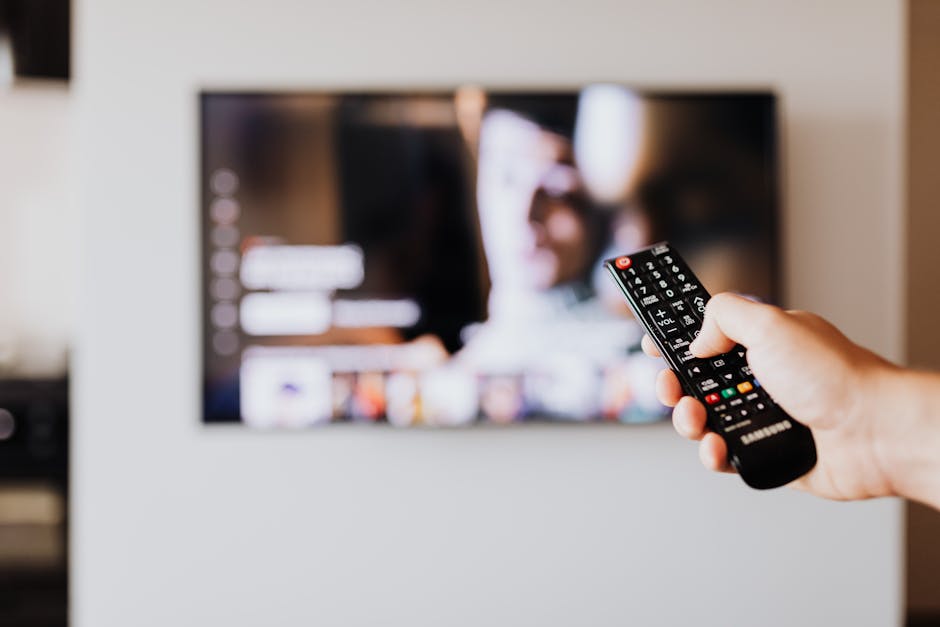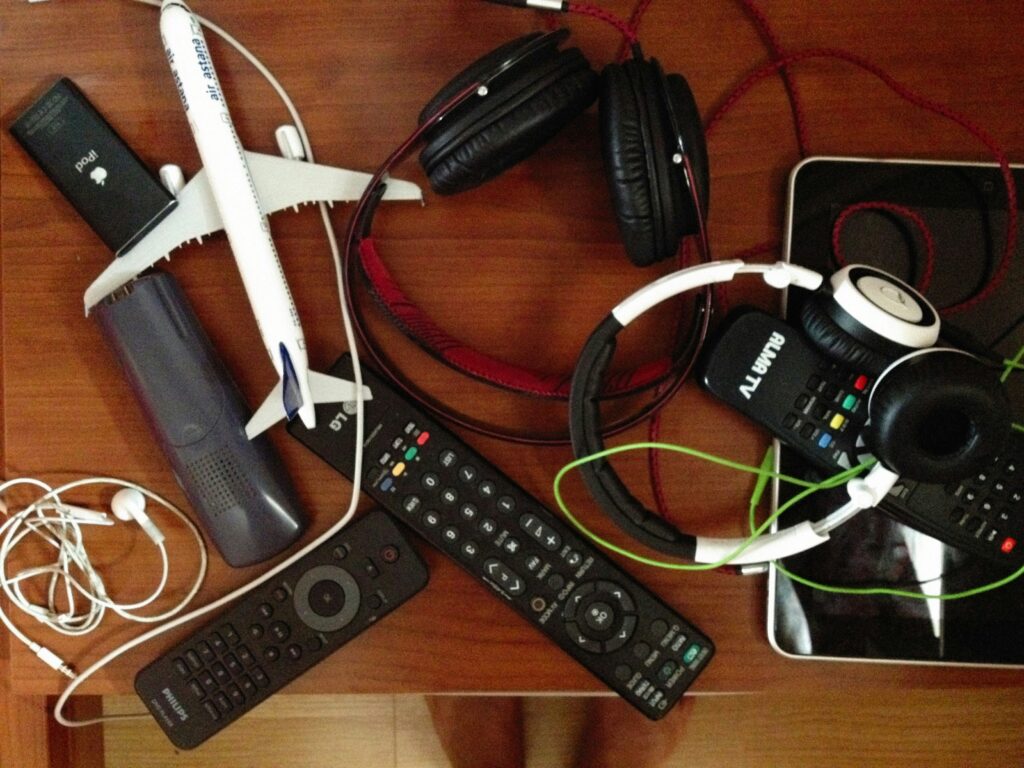Introduction
Not Just a Trend—A Shift in Media Habits
Podcasting isn’t a passing fad. It represents a fundamental shift in how audiences consume and engage with content. Unlike visual-heavy platforms that demand constant screen time, podcasts allow users to listen while they move—fitting into morning commutes, gym routines, lunch breaks, or household chores.
This hands-free, eyes-free experience is more than convenient—it’s increasingly preferred.
The 2024 Podcast Landscape
The podcasting space is thriving in 2024, with more than 5 million shows and counting. Globally, audience numbers continue to rise across age groups, with notable growth in Gen Z and multilingual audiences. This expansion is being propelled by:
- The growing ease of content creation
- Enhanced tech tools for production and distribution
- Increased interest from mainstream media and brands
Creators are launching new shows daily, and platforms are providing more avenues for monetization, making podcasting one of the most accessible entry points to digital media.
What’s Fueling the Podcast Boom?
Several key factors have made this medium more powerful—and popular—than ever:
1. Convenience
- Audio content fits into nearly any routine.
- It demands less effort from the user, integrating easily into daily life.
2. Intimacy and Trust
- The voice-first format fosters a deeper emotional connection.
- Listeners often feel like part of the conversation, building loyalty and long-term engagement.
3. Low Barrier to Entry
- Affordable gear and simplified editing tools make it easy to start.
- Creators no longer need a studio to build a professional-sounding show.
Podcasting in 2024 is more than just audio—it’s a space where authenticity matters, niches thrive, and storytelling is evolving without needing high-budget production.
The Podcast Audience Revolution
The global podcast audience isn’t one type of person anymore. It’s everyone—college students studying in cafes, parents folding laundry, professionals skimming headlines on the bus. In 2024, listenership cuts across age, culture, and geography. While North America still leads in total numbers, emerging markets in Southeast Asia, Latin America, and Africa are expanding fast. Language, access to smartphones, and local content production are closing the gap.
Listening habits have shifted, too. Podcasts aren’t reserved for long drives or gym sessions anymore. People tune in while cooking, checking email, or walking the dog. It’s one of the few formats that blends into life without requiring full visual attention. For creators, this makes it a powerful channel to hold attention in a world filled with distractions.
But the deeper hook is trust. Podcasts feel intimate. Listeners often spend 30 minutes or more inside one creator’s world. That builds connection fast. Unlike fast-scrolling feeds, podcasts let people pause longer on ideas, voices, and personalities. The bond is real—and brands, influencers, and educators are taking note. In a trust-starved media landscape, that time and emotional connection are rare currency.
Content Goes Deep, Not Wide
In a world obsessed with quick hits and viral moments, long-form audio is quietly carving out serious territory. People want more than noise—they want depth. And podcasts deliver. Listeners are tuning into hour-long episodes during commutes, workouts, and quiet evenings. Short-form still rules in terms of scale, but long-form is winning where it counts: attention and trust.
Vertical storytelling is powering this shift. From multi-part series on unsolved crimes to deep-dives into niche industries like biotech recruiting or ethical hacking, audiences are showing up for specificity. They don’t want general—they want expert.
Take “Coppers & Cold Cases,” a grassroots true-crime series that built a loyal following by narrowing in on small-town mysteries with local detectives. Or “Design Devs,” a podcast aimed at UX pros in the SaaS world—it doesn’t chase mass appeal, it dominates a field. These shows don’t need to be everything to everyone. They just need to be essential to someone.
The lesson? In 2024, focus beats flash. Long-form podcasts that speak directly to targeted listeners aren’t just holding ground—they’re gaining it.
Monetization Is Growing Up
Monetization in podcasting has come a long way from basic ad reads and one-off sponsorships. In 2024, creators are tapping into multiple revenue streams—and building businesses on the back of their audio content.
Multiple Monetization Models
Today’s podcasters are no longer relying solely on traditional advertising. Instead, they’re using a mix of income approaches to build financial resilience:
- Sponsorships: Still a key player, but now more targeted and often based on listener data and niche alignment.
- Memberships: Platforms like Patreon and Supercast allow fans to support creators directly in exchange for bonus content, ad-free listening, or community access.
- Premium Episodes: Offering exclusive interviews, behind-the-scenes content, or extended versions of popular episodes behind a paywall.
The Rise of Podcast Networks
As the industry matures, podcast networks are thriving. These groups bring together creators under a shared brand or business model, offering benefits such as:
- Cross-promotion opportunities
- Shared ad revenue and audience analytics
- Professional production and marketing support
Networks are also attracting bigger advertisers by bundling shows into packages with clear target demographics.
Brand Partnerships: More Than Just Ads
Forward-thinking creators are collaborating with brands beyond standard sponsorships. These partnerships often include:
- Branded mini-series or segments
- Co-created spin-off podcasts
- Brand-backed live events or community campaigns
These deeper partnerships not only offer more substantial payouts but also allow creators to maintain creative integrity.
Sustainability Through Strategy
The most successful podcasters aren’t chasing one-off deals—they’re building long-term models for revenue generation. This includes:
- Diversifying income to protect against platform shifts
- Using listener feedback to shape high-value offerings
- Maintaining authenticity to preserve audience trust and engagement
In the current landscape, monetization is no longer just a milestone—it’s a mindset. Creators who think like media entrepreneurs are carving out paths to sustainable success.
Tech is Fueling Discovery and Accessibility
Podcasting in 2024 isn’t about shouting louder—it’s about being found smarter. Discovery is finally catching up to content quality, thanks to AI-driven recommendation engines that learn what listeners actually want. Platforms are digging deep into listener behavior, not just downloads, serving up shows based on tone, pacing, and subject nuance.
Transcription tools are doing more than making podcasts searchable—they’re making them portable. With auto-generated captions and AI summaries, podcasters can repurpose content for blogs, social posts, and even email lists without rewriting from scratch. That means better reach across platforms without burning out in the editing room.
Cross-platform publishing is no longer a luxury—it’s the playbook. Today’s successful creators aren’t just on Spotify or Apple Podcasts—they’re syncing their episodes to YouTube, newsletters, subreddits, and even Alexa briefings. Speaking of smart speakers, voice search is quietly reshaping how people find new audio. Say the right keyword, and your show surfaces—forget about thumbnails or thumbnails-with-faces.
Tech is opening the door to immersive, lean-in audio experiences. And if you’re ready for a time-bending preview of what’s coming next, check out this angle from the future: How Augmented Reality is Revolutionizing Media Engagement.
The Industry’s New Gatekeepers
Distribution isn’t neutral anymore. Platforms like Spotify, Apple Podcasts, and YouTube aren’t just hosting content—they’re steering what gets heard. From editorial playlists to algorithm-driven “For You” feeds, visibility now depends less on merit and more on fitting the machine’s appetite. That’s made each platform a gatekeeper, whether they admit it or not.
For indie podcasters, that can feel like both a ladder and a wall. Algorithms reward consistency, engagement, and shareability—metrics that often favor big players with teams, budgets, and audience momentum. Meanwhile, small creators grind just to get noticed, making discovery feel more like a dice roll than a meritocracy.
Curation and promotion are increasingly chess matches. Get featured? Traffic climbs. Miss a trend window? You’re invisible. For every artistic decision, there’s a business tradeoff—length, format, frequency, tone. The tension is real: craft something meaningful or produce something algorithm-friendly. The best are managing both. But make no mistake—platforms now shape more than reach. They influence what gets made in the first place.
Challenges Limiting Growth
It’s easier than ever to start a podcast. That’s part of the problem. With hundreds of thousands of shows vying for attention, even great content can sink under the weight of saturation. Discoverability is still the elephant in the audio room—unless you’re already known or lucky enough to ride the algorithm, breaking through is an uphill slog.
Then there’s the fatigue factor. Listeners aren’t just overwhelmed by choice—they’re starting to feel worn out by the relentless push for attention. Mid-roll ads, pre-roll ads, post-roll promos—many podcasts sound more like segmented advertisements than storytelling or conversation. That’s draining loyalty and pushing some audiences elsewhere.
And let’s not ignore the elephant with a clipboard: data. Platforms and brands are hungry for listener info to fine-tune campaigns and drive conversions. But the more precise the targeting, the louder the privacy concerns. Savvy audiences are becoming more cautious, and regulations are catching up. Podcasters who rely heavily on data-driven marketing need to tread carefully or risk losing trust.
In short, 2024 is forcing podcast creators to earn attention—not assume it—and to think harder about who they’re reaching and how they’re keeping them around.
What’s Next for Podcasting
Podcasting is no longer just two voices behind a mic. It’s morphing, fast.
Live podcasts are gaining steam—streamed in real time, often layered with video and real-time chat, turning passive listening into live events. Then there’s the rise of video hybrids. Some look like talk shows, others feel like documentary vlogs with narrative layering. These formats are making podcasting more immersive and frankly, harder to ignore.
Interactive audio is also starting to shape the edges of the medium. Think choose-your-own-adventure episodes or podcasts that respond to listener input through apps or smart speakers. It’s still niche, but it’s early days.
AI is stepping onto the stage too. We’re seeing shows semi- or fully hosted by synthetic voices, and entire interviews mapped out and generated by machine learning. It’s experimental now, but the bar is already rising. The challenge? Keeping it human. Audiences can tell the difference—and so far, human nuance still wins.
Beneath it all, podcasting is evolving into a serious platform for brand storytelling, education, and tight-knit community building. Brands aren’t just sponsoring shows—they’re creating their own. Educators are replacing lecture halls with audio series. Creators are turning tight-knit audiences into real communities with newsletters, local meetups, even merch drops.
It’s not about volume. It’s about resonance. And the formats pushing into 2024 are built to connect deeper, not just wider.
Final Take
Podcasting isn’t replacing old media—it’s just not trying to. What it’s doing instead is carving out its own space, one built around flexibility, intimacy, and authenticity. Legacy media has rules. Podcasting doesn’t need them. That’s why it feels fresh without being gimmicky.
This isn’t a closed room, either. New creators still have room to break through—if they bring something real. Value moves faster than polish now. Raw perspectives, useful insights, or even the ability to make someone laugh during a morning run—that’s what keeps people listening.
At the end of the day, audio taps into something personal. There’s no scrolling, no swiping—just a voice in your ear, steady as your own breath. That human connection? It’s not going anywhere. Podcasting is still climbing, and it’s bringing its listeners—and makers—along for the ride.




